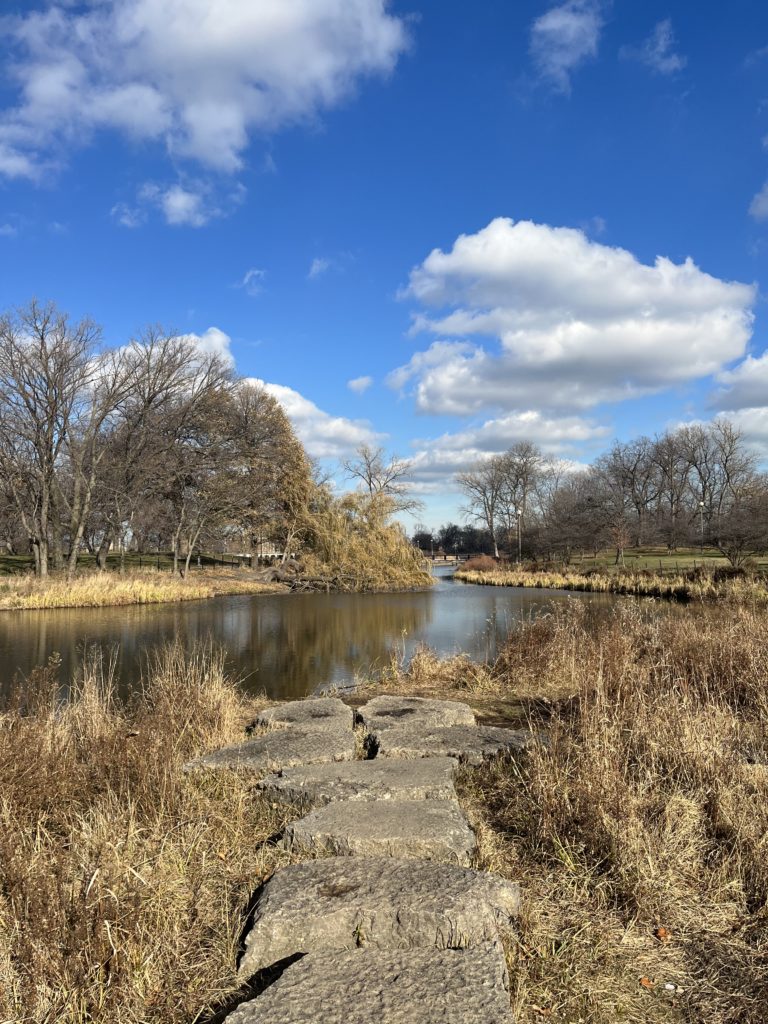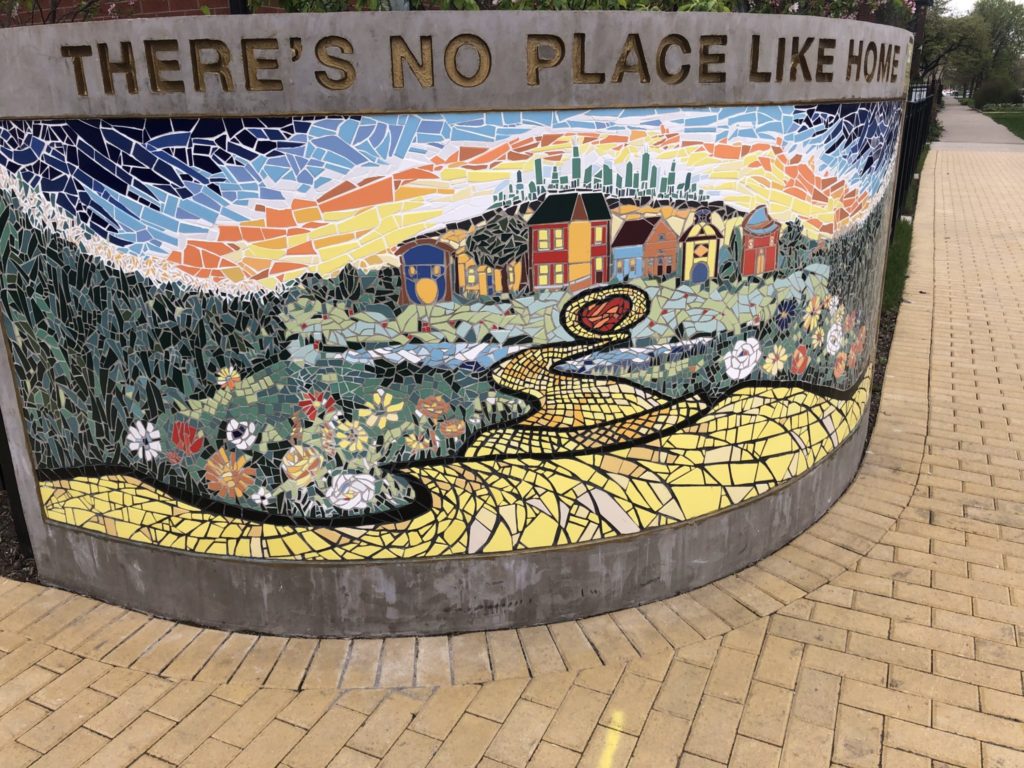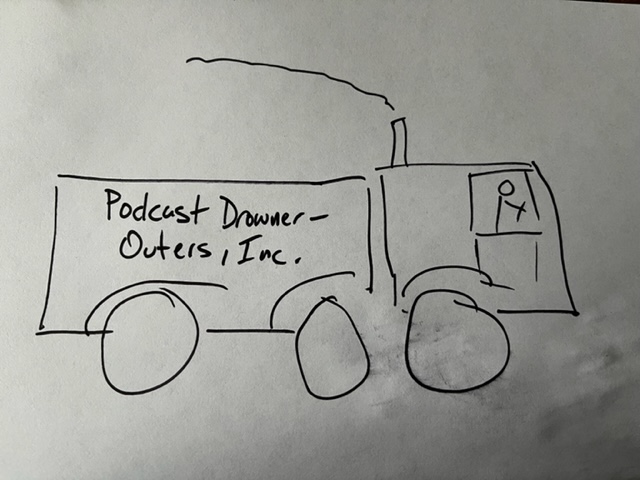I run every weekday, usually on the same route around my neighborhood. Over the last year I’ve also been listening a lot to Audiobooks—and to the occasional podcast or interview, on YouTube.
And so now the route is haunted with vivid memories of revelations absorbed at various points on this jangled loop.
Not at first, though, Walter Mitty: If you’re heading west on Cortez St. and crossing the mad thoroughfare of Western Avenue, daydreaming about books you’ve read is a good way to get killed.
But as soon as I make it across, a teenage Janis Joplin appears in my head. For this is the section of sidewalk where I learned from the biography Janis that in high school at Port Arthur, Texas, the vulnerable young kid was alphabetically seated directly behind Jimmy Johnson, who would go on to be a famous football player and coach—after he and his jock buddies bullied her terribly because she “looked and acted weird.” Bastards.

(My refreshed outrage is intruding on the narration of the book I’m listening to now, Karl Ove Knausgaard’s epic novel My Struggle, whose pace is mercifully un-Western Avenue-like.)
Now I’ve cut north to Division Street, where, as I turn west, I remember the long 1971 Ben Fong-Torres interview with Jim Morrison—yes, I’ve been heavily involved in the “27 Club” this year—in the middle of which Morrison stops the conversation to send out for potato chips, beer and gin. This is the moment on the recording where the worn-out, discouraged singer seems most animated.
Heading west and approaching Humboldt Park, I think of Mickey Mantle, because this is about where The Last Boy author Jane Leavy rendered her memory as a young reporter: of the sodden fifty-something Mick reaching over and putting his hand around her thigh with the same assured possessive authority with which he would grasp a “coffee mug.”
Then I stop at this precise spot in the park to take a photograph, for reasons known only to me (and not known too well at that).

Turning north on the inner road parallel to Kedzie, I’m trying to focus my ear on Karl Ove, but my mind goes to Jim Thorpe’s relentlessly, endlessly, gratingly luckless life. What must have been the happiest consecutive months of that life, biographer David Maraniss renders well in his new biography Path Lit by Lightning: It was Thorpe’s 1913 barnstorming trip with his New York Giants baseball teammates and his new bride to Japan, Australia and various other points in the South Pacific—a hell of a long way from his home on the Sac and Fox reservation in Oklahoma. “People in Japan and China and Australia and France and England, everybody knew Jim Thorpe. He was probably the best-known athlete in the world.” That fame spread out thin over the next 40 years, until Thorpe’s destitute death in 1953.
Onward, north, on Humboldt Drive—where L. Frank Baum lived at the turn of the last century, and whose rare Chicago curves inspired the yellow brick road, which inspired this mural, a century later—

—and now I’m marveling at how many years Jimi Hendrix worked as a back-up guitarist in various bands before anyone ever knew who he was. About five, according to Room Full of Mirrors.
Now climbing east up the ramp up to the elevated 606 Trail, I’m chuckling at the joke from the new David Sedaris book, Happy Go Lucky: Q. What’s the last thing you want to hear while you’re blowing Willie Nelson? A. “I’m not really Willie Nelson.”
As I join Western Avenue for the home stretch south, Karl Ove is still cleaning the bathroom in his dead father’s house. Not that it matters, because I’m missing whole paragraphs at a time as diesels rumble by, always summoning to mind a mental New Yorker cartoon I have created: As my headphone sound gets drowned out once again, I turn with annoyance to see the the name of the company on the door of the dump truck roaring along beside me in first gear:

In any case, the four miles goes by pretty quick. But boy, it seems like I’ve covered a lot of ground.
Leave a Reply